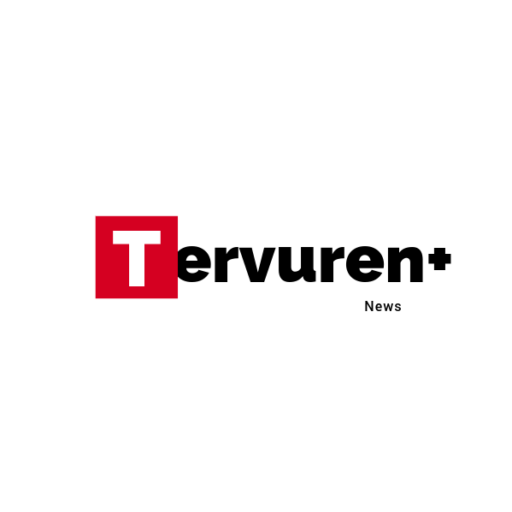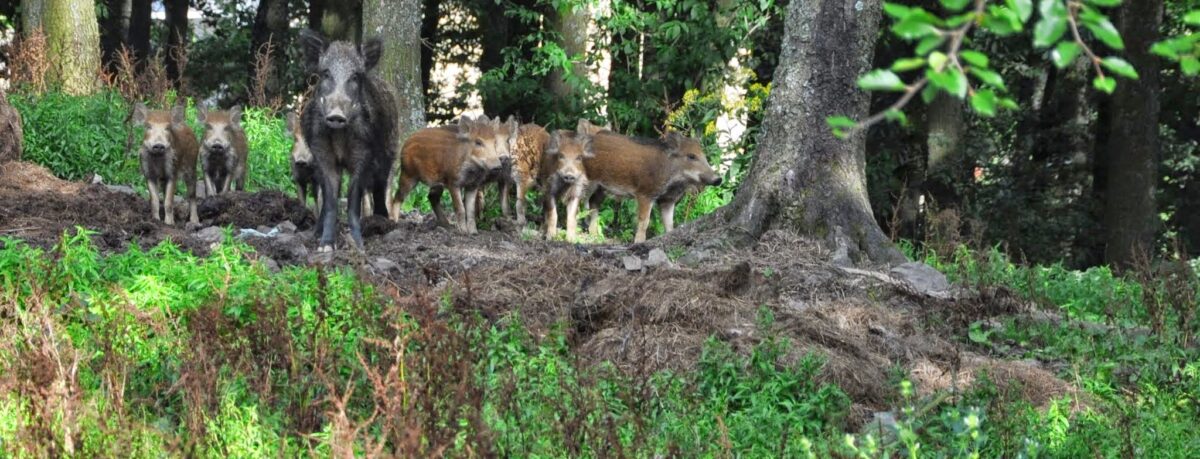Tervuren has culled 67 wild boars since the start of 2024 to address increasing reports of property damage and sightings. The initiative, coordinated with the Flemish Agency for Nature and Forests, seeks to protect private gardens, farmland, and natural habitats from the growing impact of wild boars.
Of the total, 47 boars were culled from 1 January 2024 till June 2025 by authorised wildlife agents, known as Gemachtigd Faunabeheerders, with an additional 20 taken by hunters. Tervuren’s total cull of 67 exceeds Kraainem’s 13 but is lower than that of Overijse (163) and Huldenberg (213). The operation follows a reported sharp rise in boar-related incidents across Flanders. In Tervuren, most sightings were near the Sonian Forest, and Duisburg recorded the most significant disruption.
Based on a pilot project in Genk, the strategy combines public engagement, habitat monitoring, and targeted culling through shooting and trapping. Residents are encouraged to report sightings and damage via www.wildinzicht.be, enabling wildlife managers to pinpoint problem areas. Authorities defend the cull as essential to manage overpopulation and mitigate damage to property.
Wild boars are generally not aggressive …
Tervuren has joined forces with Huldenberg and Kraainem to establish a regional wildlife management team, Everteam, which employs non-lethal measures like trapping and relocation alongside lethal methods. While officials note that wild boars are generally not aggressive, they advise residents to keep pets on leads and avoid interactions, particularly during the breeding season.

Unhappy with the culling, unknown individuals last July damaged Everteam’s cameras, traps, control box and destroyed the receiving antenna. Animal welfare groups, too, voice concerns, arguing that wild boars are a native species with an important ecological role. They caution that culling risks disrupting local ecosystems and fails to tackle underlying issues such as habitat loss and access to human food sources. Suggested alternatives include enhanced fencing, better waste management, and public education campaigns.
Boars and other game continue to play a central role in the Sint-Hubertus celebration, which was first held in Tervuren in 1605. Each year, Tervuren honors Saint Hubert, the patron saint of hunters, on the last Sunday of October.
The wild boar, one of Europe’s largest mammals, can weigh up to 300 kilograms. First spotted in the Sonian Forest in 2006 after nearly a century of absence, the animals likely migrated from overcrowded Walloon forests in search of new territory. Sows give birth to four to seven piglets each year.
Author: Dafydd ab Iago. © Article licensed © 2025 for Tervuren+ under the Creative Commons Attribution-ShareAlike 4.0 International License. Photo of living boar: Richard Bartz Creative Commons Attribution-Share Alike 2.5 Generic license.

